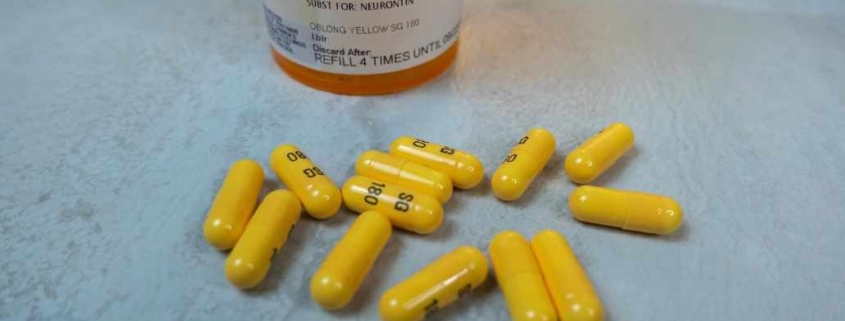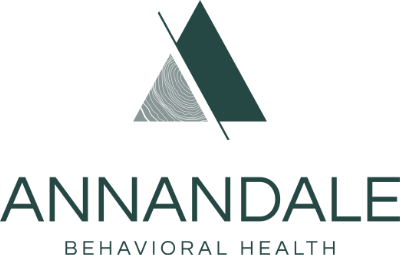What to Expect in Gabapentin Withdrawal
Table of Contents
Gabapentin Withdrawal Symptoms, Sighs & Side Effects
You may have developed a dependence on gabapentin after long-term use, and now wish to stop taking it. Learn here about what to expect in gabapentin withdrawal.
What Is Gabapentin?
Gabapentin is sold under the brand name Neurontin and belongs to the drug class, gabapentinoids. This drug is used for the treatment of neuropathic conditions, epilepsy, restless leg syndrome, seizure disorders, fibromyalgia, and hot flashes. It is also used in the treatment of alcohol dependence.
Gabapentin is an anticonvulsant and also treats chronic nerve pain. In addition to the pain relief, patients taking the drug also feel relaxed and calm. This may cause the drug to be misused, which can result in addiction.
Adverse effects of gabapentin include:
- Mood swings.
- Abrupt behavior changes.
- Increase in blood pressure.
- Fever
- Dizziness
- Chest pain.
- Movement problems.
- Sleep problems.
- Memory loss.
- Weight gain.
- Suicidal thoughts.
- Addiction
About Gabapentin Abuse
For the most part, when gabapentin is abused it is done so in conjunction with another drug. People with an existing opioid disorder may layer it with gabapentin to induce a more intense high. High doses of 800 mg or more are common with the illicit use of gabapentin.
Gabapentin is among the most prescribed drugs in the nation. Someone who is prescribed gabapentin for a chronic health condition is likely to develop dependence. This means that when they attempt to stop taking the drug they will experience withdrawal symptoms.
Is Gabapentin Addictive?
Those who abuse gabapentin and take high dosages to get high may develop a psychological addiction. Gabapentin is not an opioid or benzo, so it does not interact with the brain’s opioid receptors. Because of this, it is not chemically addictive, although dependence can occur.
Abuse of gabapentin is on the rise. In Kentucky, it was found that 15% of opioid abusers in the state also misused gabapentin. Another study showed that 38% of drug users reported using gabapentin to enhance the effects of methadone.
Risk of Overdose
On its own, gabapentin doesn’t have a high risk of causing overdose death. However, when used with alcohol or opioids, the risk increases substantially. In both these combos, the two substances sedate the central nervous system. This can cause the heart rate and breathing rate to slow down, even to stop entirely. In the event of an overdose, you must seek help immediately as this is a medical emergency.
What to Expect in Gabapentin Withdrawal
When someone has become dependent on gabapentin, it is best to go through a medical detox and withdrawal. In this setting, withdrawal symptoms are closely watch and interventions help to manage the discomfort.
The withdrawal symptoms include:
- Headache
- Anxiety
- Agitation
- Irritability
- Sweating
- Headache
- Being unable to move.
- Fever
- Confusion
- Hallucinations
- Rapid heart rate.
- Restlessness
Certain factors will help to determine just how severe the symptoms will be and how long the detox will take. These factors include how high the usual dose was and the duration of the gabapentin, and the method of abuse. Also, if there is a co-occurring mental health issue present that could also complicate the detox process.
Gabapentin Withdrawal Timeline
On average, the withdrawal symptoms will emerge within 12-24 hours after the last dose. The symptoms are the body’s way of telling you that it is ready and expecting the next dose, and hasn’t received it. This causes instability in the brain and the ensuing symptoms are signs of the body attempting to achieve homeostasis.
A medical detox provides a plan to slowly taper you off of the drug. This helps the body adjust to the lower dose gradually and prevents harsh symptoms. The taper schedule is modified as needed based on how you are progressing.
Withdrawal proceeds in three phases:
Phase One: Over the first 12-24 hours the symptoms include:
- Excessive sweating.
- Headaches
- Anxiety
- Blurred vision.
- Breathing problems.
- Heart palpitations.
- Insomnia
- Tremors
- Seizures
Phase Two: On day 3 the symptoms include:
- Trembling
- Agitation
- Fever
- Restlessness
- Mental confusion.
- Rapid heart rate.
- Hallucinations
- Thoughts of suicide.
Phase Three: On days 4-5 symptoms include:
- Light sensitivity.
- Anxiety
- Confusion
Withdrawal from any drug is never predictable. For this reason, it is advised that you complete the detox under the care of a medical detox team. This is especially true if the gabapentin was prescribed for seizures. If you were to stop the drug without support it could lead to a life-threatening event.
Help for Substance Use Disorder
If you have a co-occurring opioid or alcohol use disorder, the best pathway to take after detox is rehab. A treatment program helps you to conquer the substance use disorder that may have been enhanced by the gabapentin abuse.
To succeed in recovery, you must learn new thought processes and behaviors. These new patterns help you avoid falling back into the substance use by teaching new ways to handle triggers. Treatment offers a multi-pronged approach to reshaping your compulsive substance use behaviors.
Here is what to expect in treatment:
Group therapy. Each day in treatment you will join others in recovery in a small group setting. A counselor will suggest topics to discuss as a group, encouraging you to be open and honest while sharing. Gaining peer support and new insights are the benefits of group therapy.
Individual therapy. In these talk sessions, you’ll work with a therapist to figure out what triggers your desire to use or drink. Once the triggers are known, you start to learn new ways to respond to them using CBT.
Addiction education. To gain a better understanding of how the brain is affected by substances, classes provide this information. This can help you be more aware and therefore avoid a relapse.
12-Step program. Some treatment programs infuse A.A.’s 12-Step program into the schedule. This is a time-honored program that assists you in meeting recovery benchmarks. Some rehabs also offer SMART Recovery, which does not have not spiritual tenets.
Holistic. Holistic activities, like massage, meditation, yoga, and journaling, can teach you ways to relax without the need for a substance.
If you have a gabapentin dependency and want to break free, now you know what to expect in gabapentin withdrawal. Reach out for help today.
Annandale Behavioral Health Leading Addiction Treatment Provider
Annandale Behavioral Health provides safe medical detox for those who have developed a gabapentin dependency. Please reach out to our team today at 855-778-8668.






